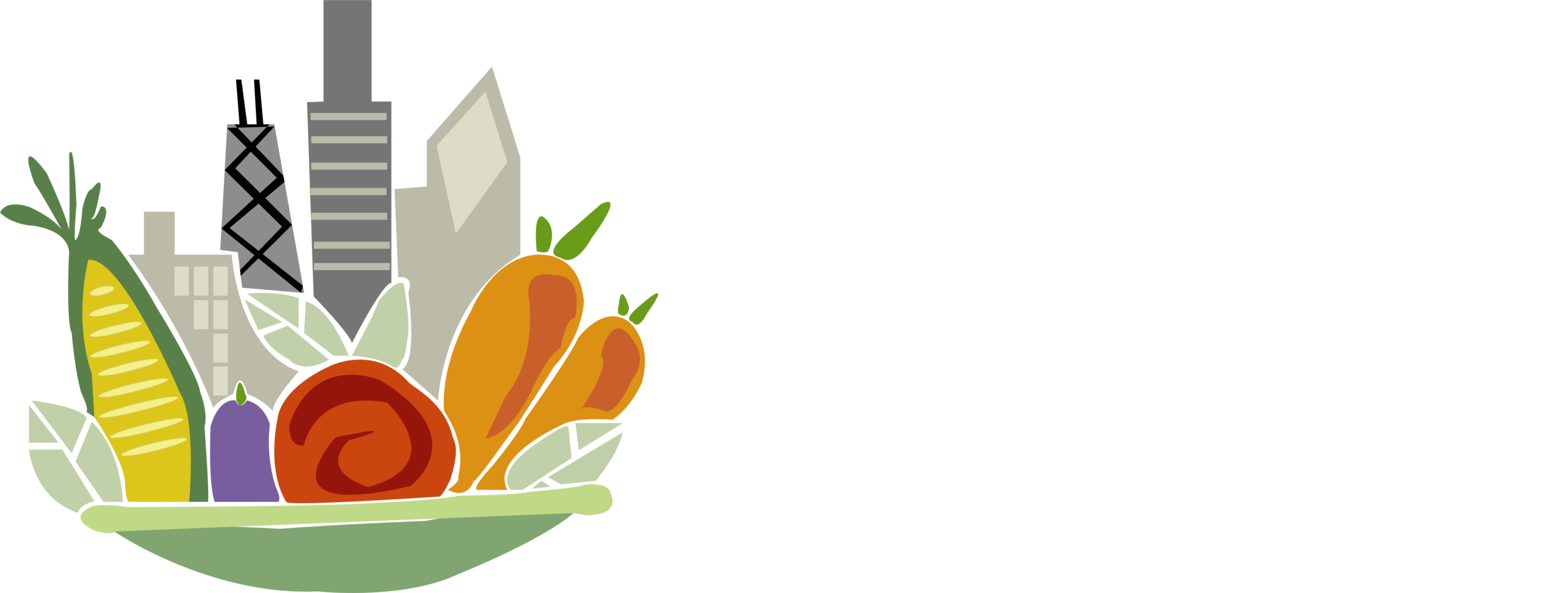History of Community supported agriculture
The history of Community Supported Agriculture (CSAs) is widely debated. Depending on who you ask, folks may tell you Germany, Japan, and/or Alabama was the first to start the CSA model. While it’s possible this is an example of different cultures developing similar ideas with no connection to each other, the story of Europe’s CSA is the most commonly told narrative. Before sharing the CSA opportunities within Chicago, we feel it’s important to give a brief history of all three of the communities thought to have played a significant role in the cultivation of the CSA model we know and love today.
The United States
Booker T Whatley, a Black farmer, horticulturist, and professor at Tuskegee University wrote 10 farming commandments, one of them being the concept of a “Clientele Membership Club.” Members of this club paid an upfront fee to harvest their own produce throughout the growing season. This system provided funding at the beginning of the growing season, so farmers could purchase necessary seeds and equipment to ensure a more productive season. Today, the “Clientele Membership Club” has split into two common models we see, “Community Supported Agriculture” and “Pick Your Own” or “You Pick” farms.
Japan
Around the same time Whatley was studying small scale, regenerative farming models in Alabama, a group of women in Japan founded the, “Teikei System.” In the 1960s, there was growing concern in Japan about mercury poisoning from contaminated waterways and fish. The Teikei system, much like modern day CSAs, was a system designed to give consumers more control over the food they were eating. One of the primary goals of the Teikei movement was to strengthen relationships between consumers and farmers that coexist with the natural environment.
Germany
Following the teachings of Philosopher Rudolph Steiner (1861-1925) on chemical free agriculture, two Germans established a community Land Trust called Gemeinnützige Landbau-Forschungsgesellschaft (LBF) in 1968. In the spirit of cooperative economics, LBF began an “Agriculturally Cooperating Community.” This community included the farmers cultivating the land trust and non-farming members providing loans to the LBF farmers. This cooperative economic model offered farmers financial security early on in the season, and offered non-farming members a closer connection to their food. The European CSA model traveled to the United States through a few farmers who founded Indian Line Farm and Temple-Wilton Community Farm. These two farms are often credited with widely popularizing CSA models in the United States.
These brief synopsis are to provide context to the origins and history of CSA models. If you’re curious and would like to learn more, we encourage you to do additional research! You can find the sources we used for our summaries at the bottom of this article.




